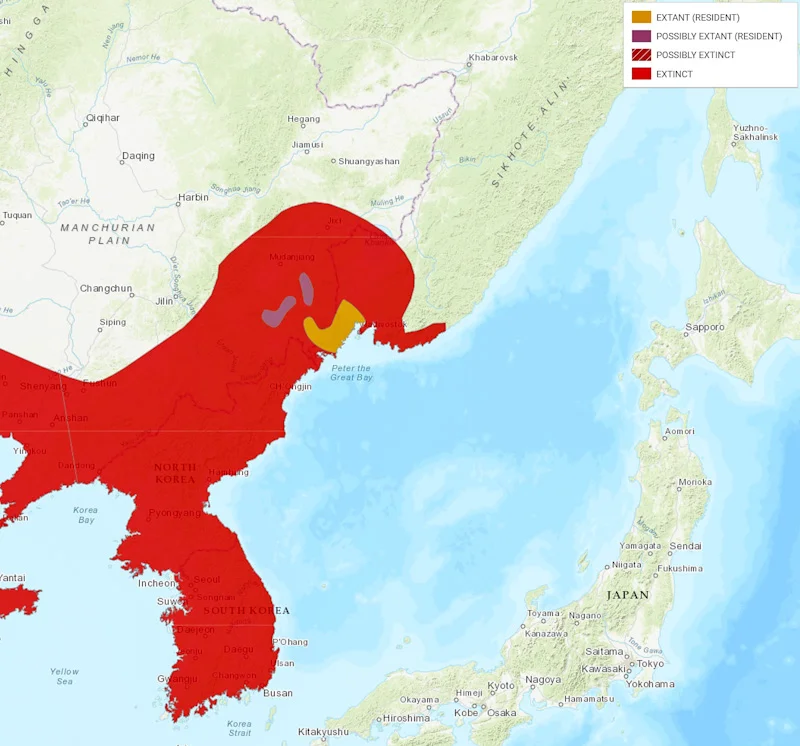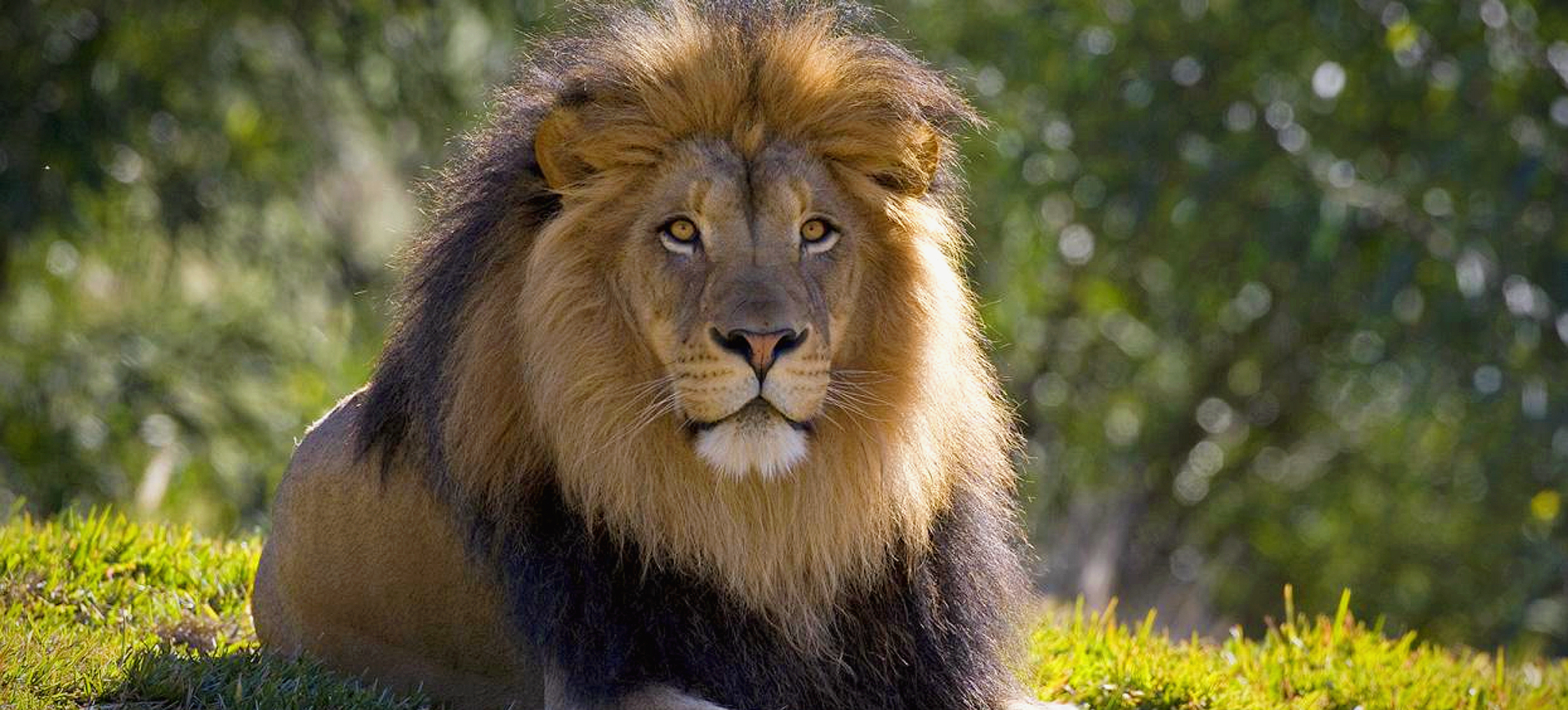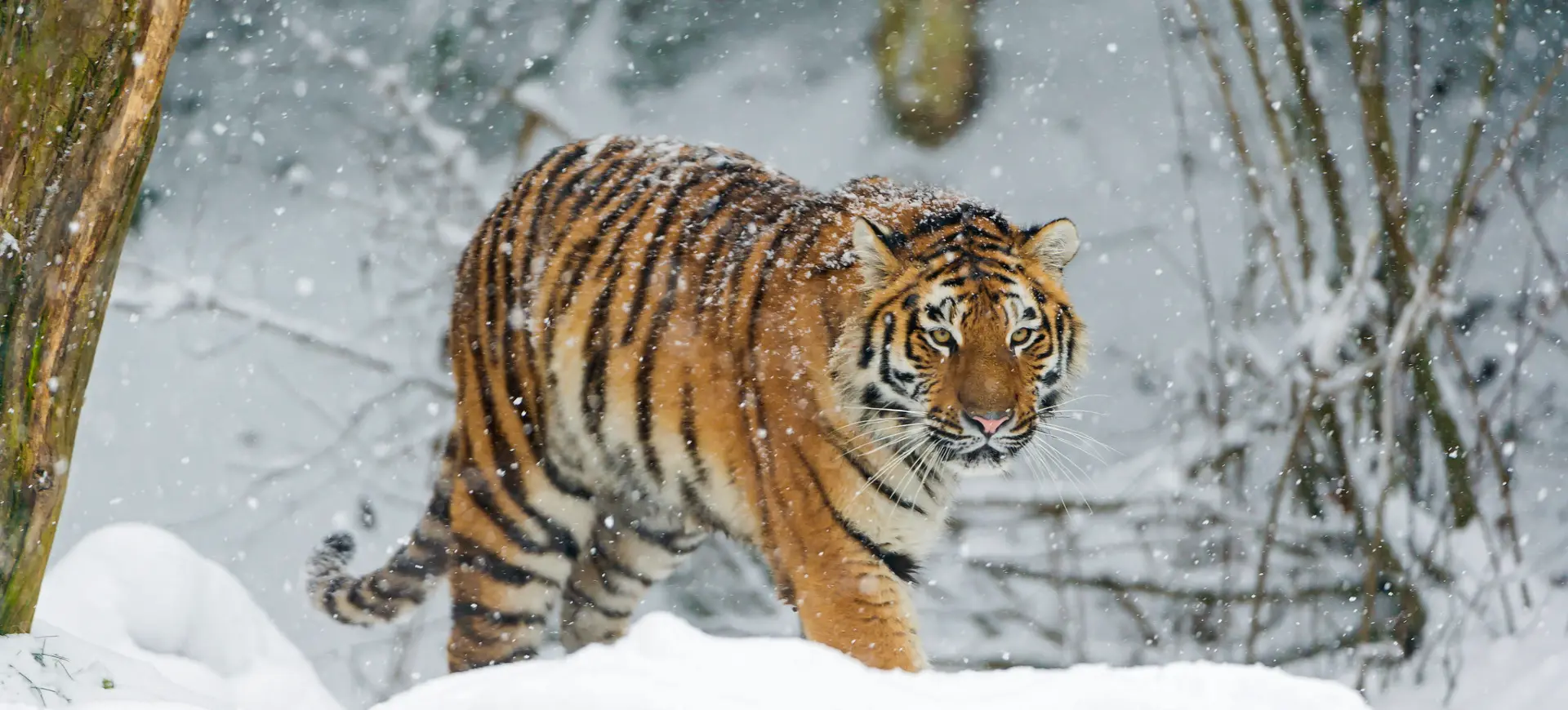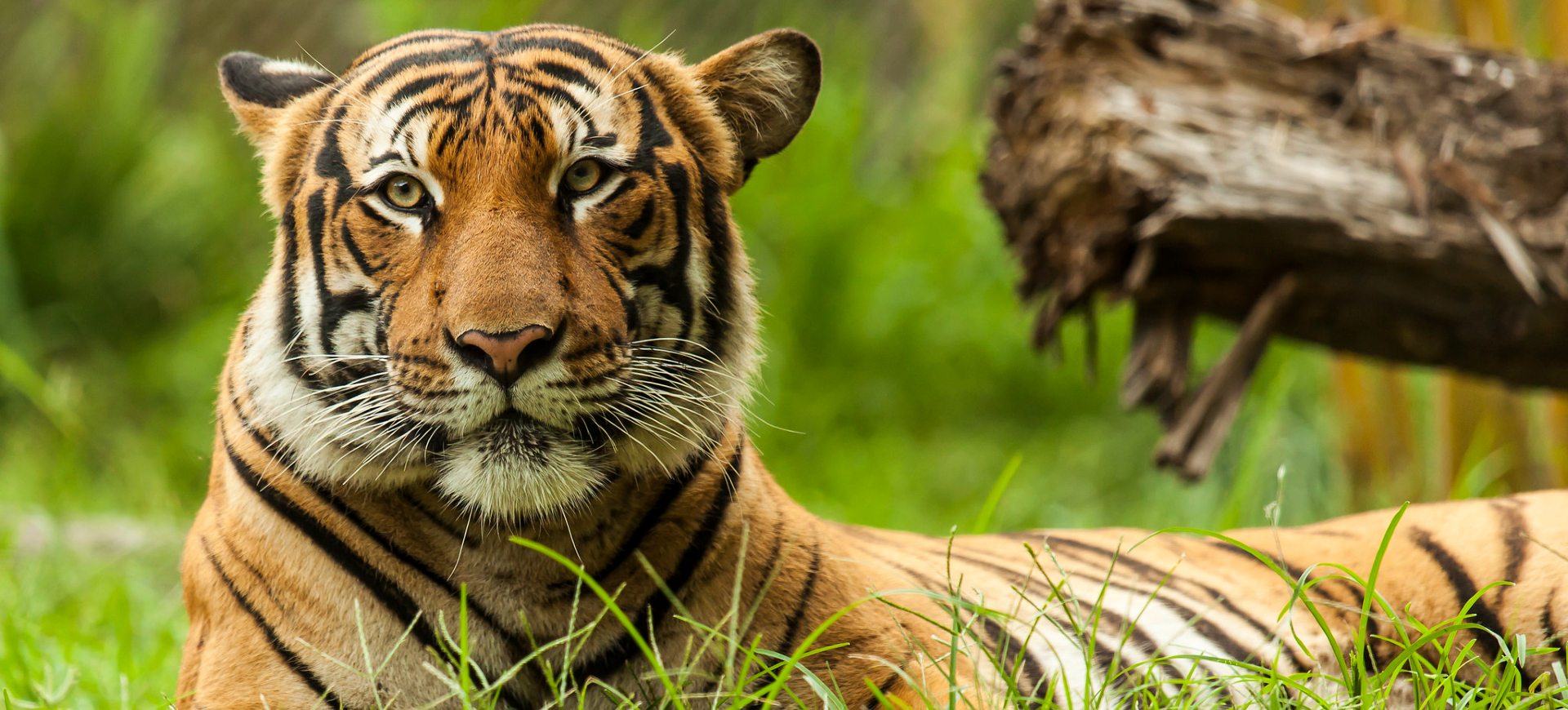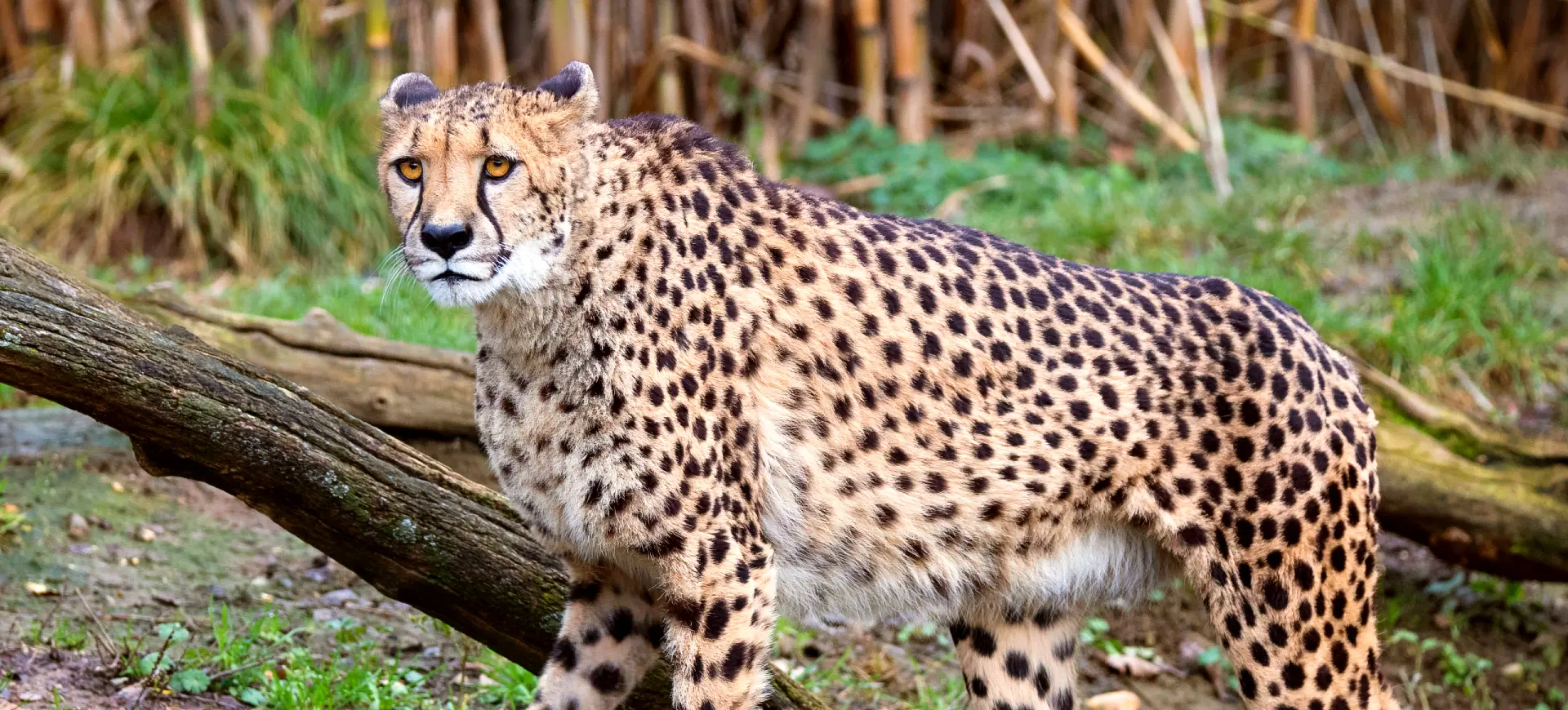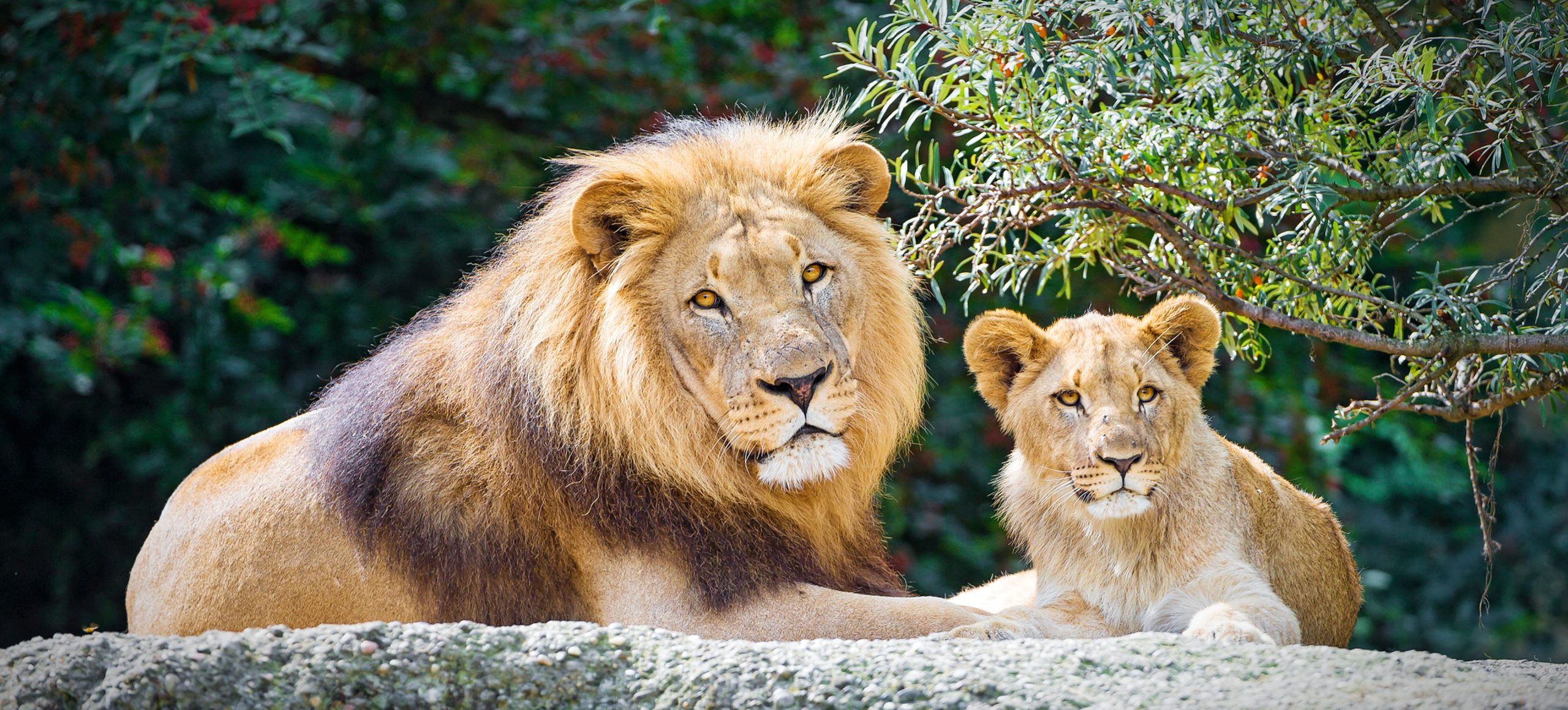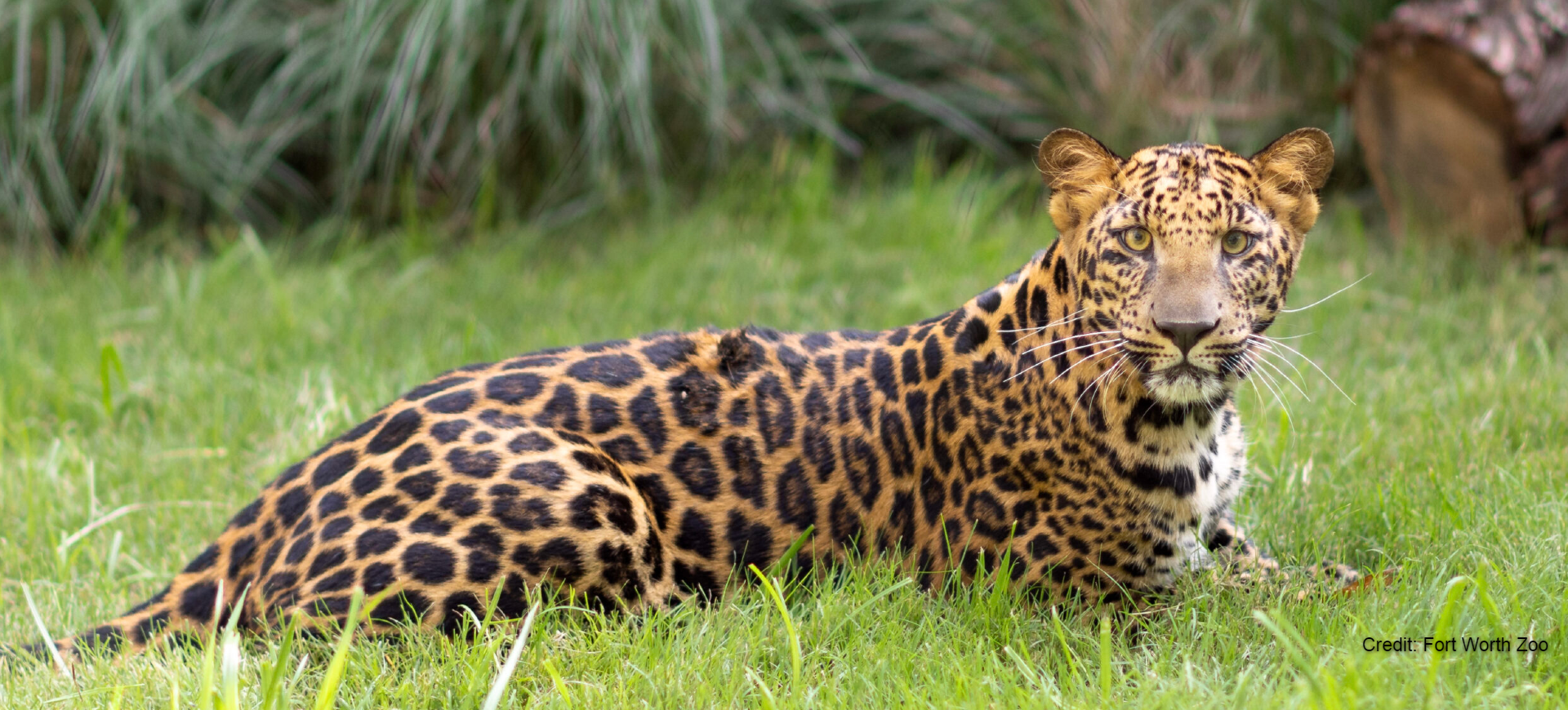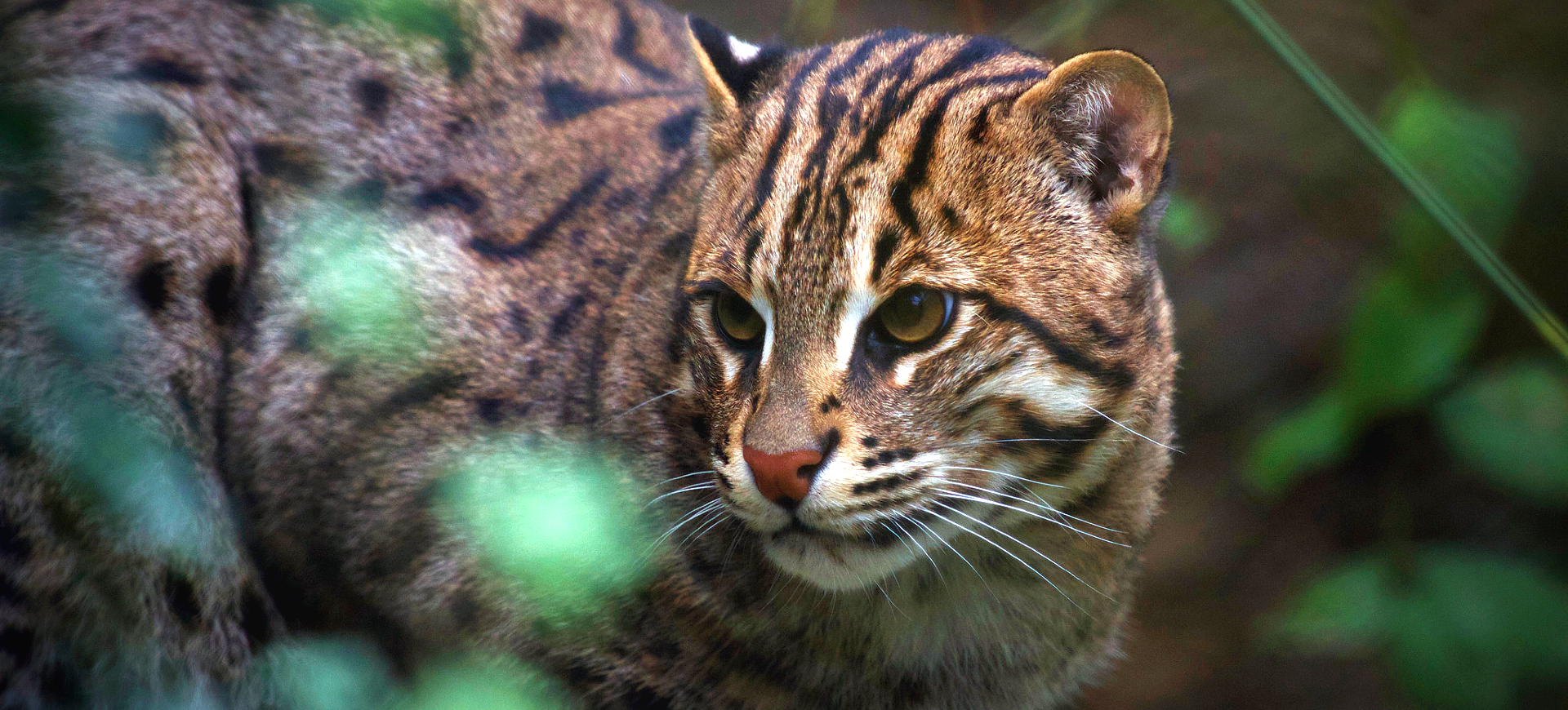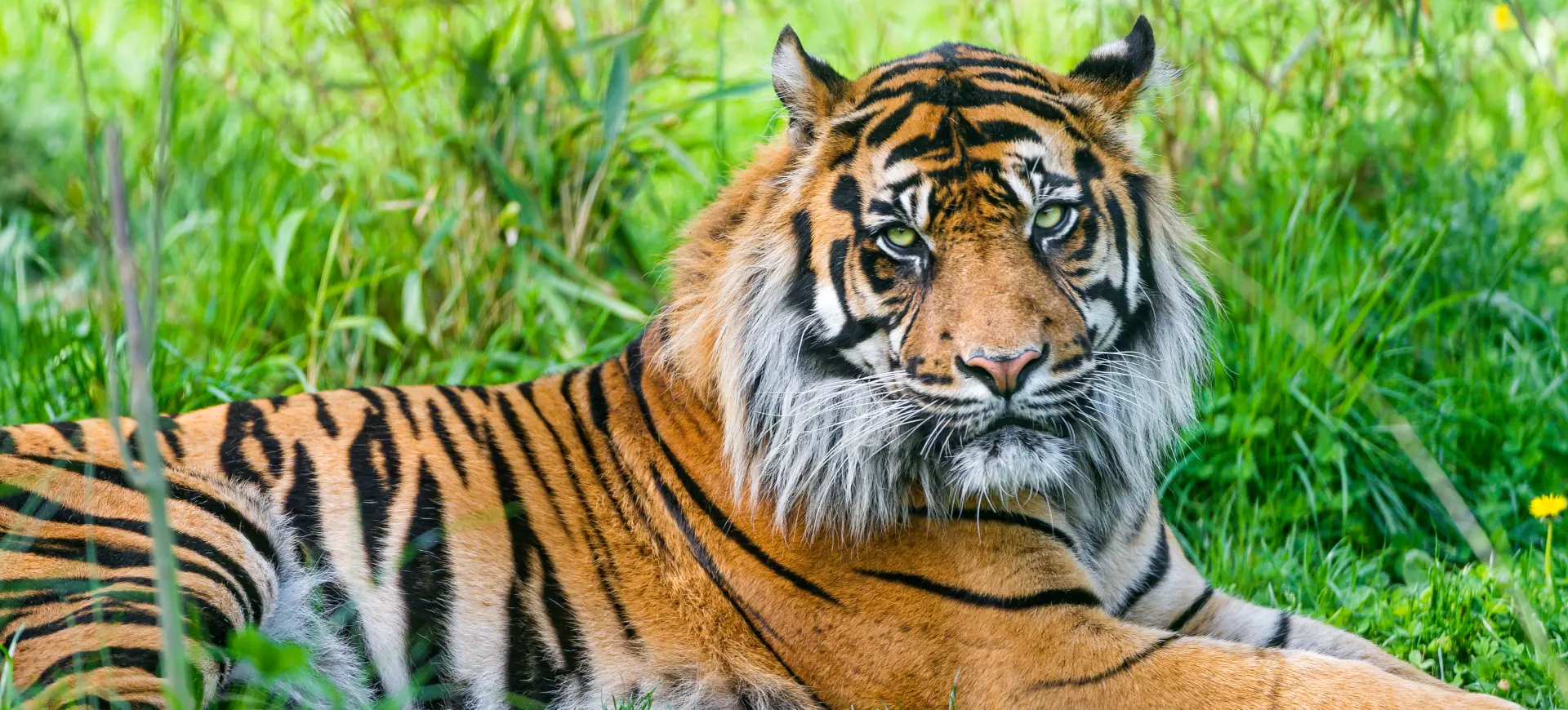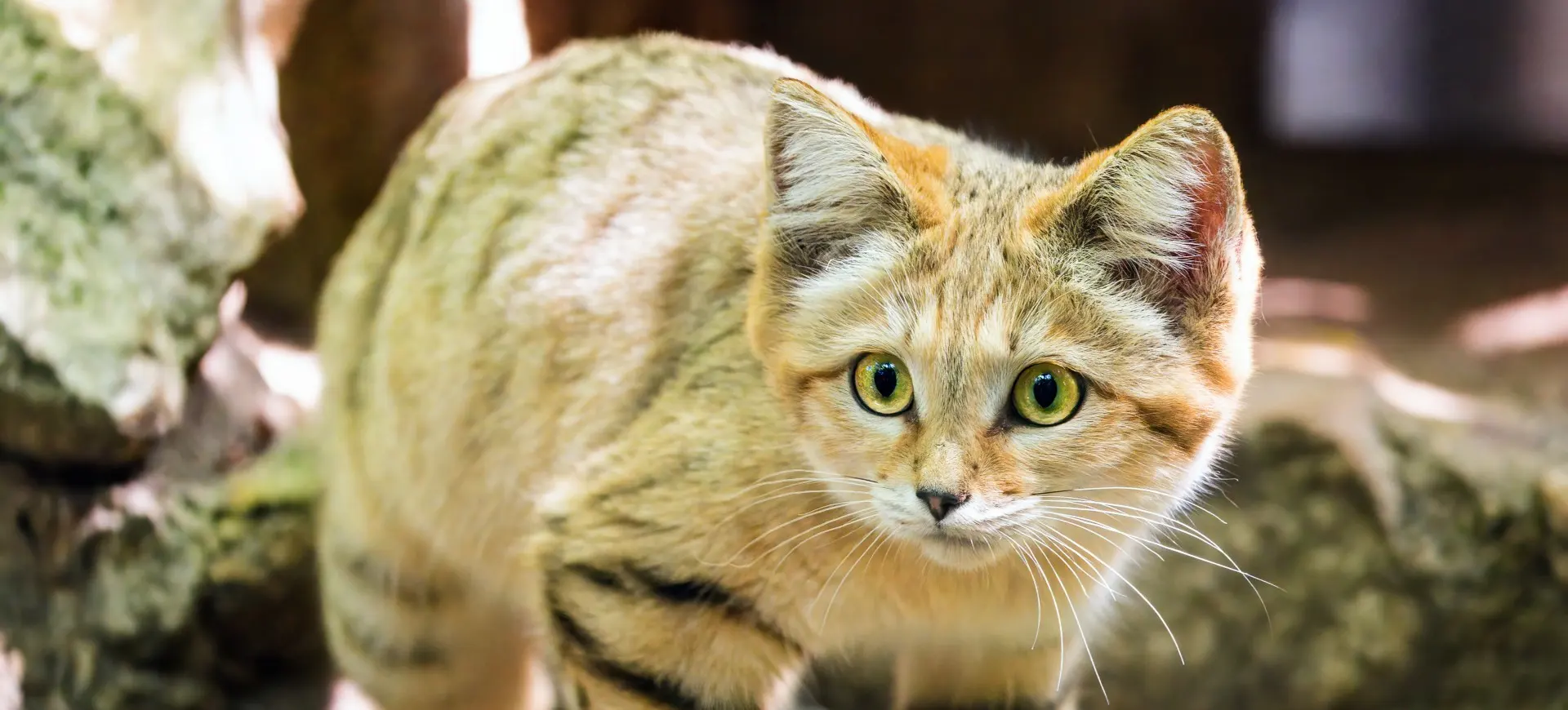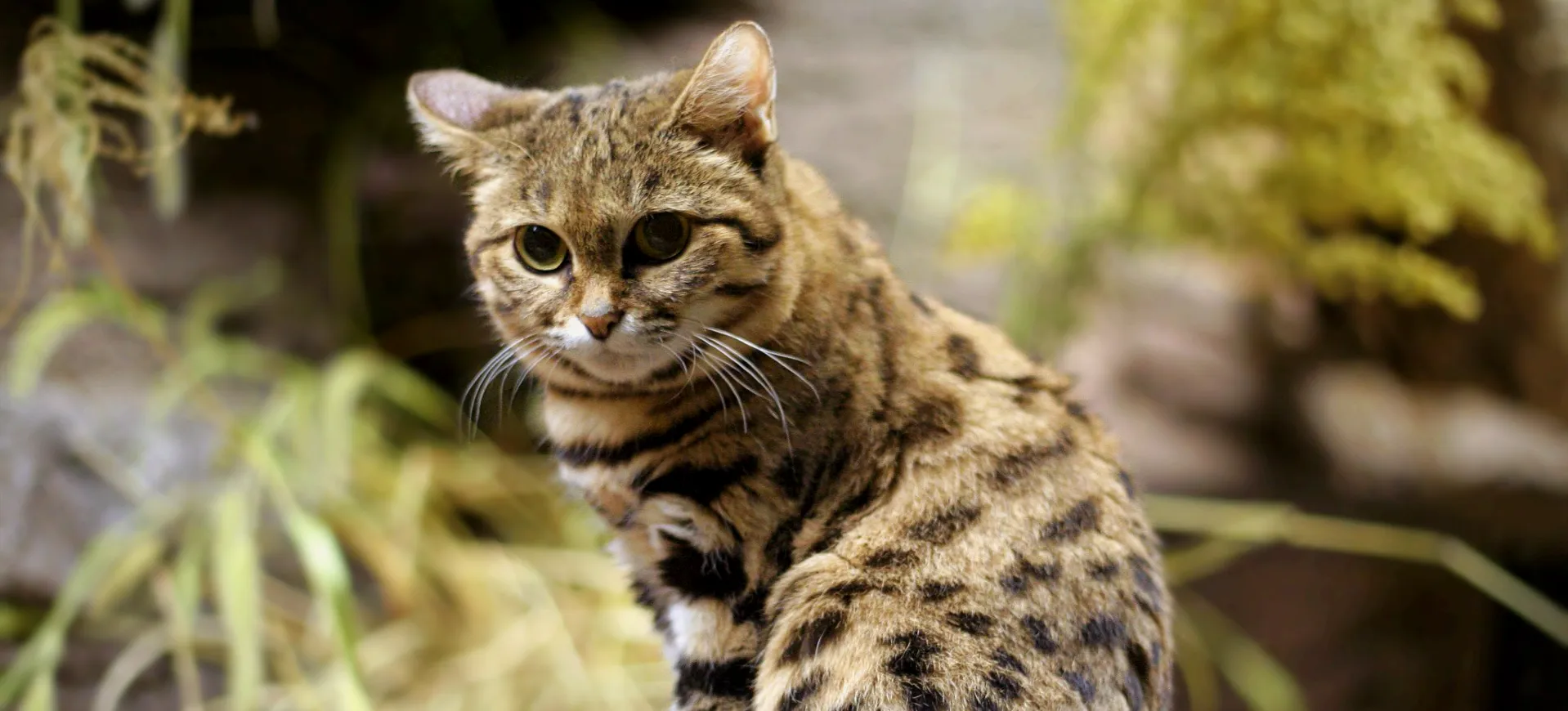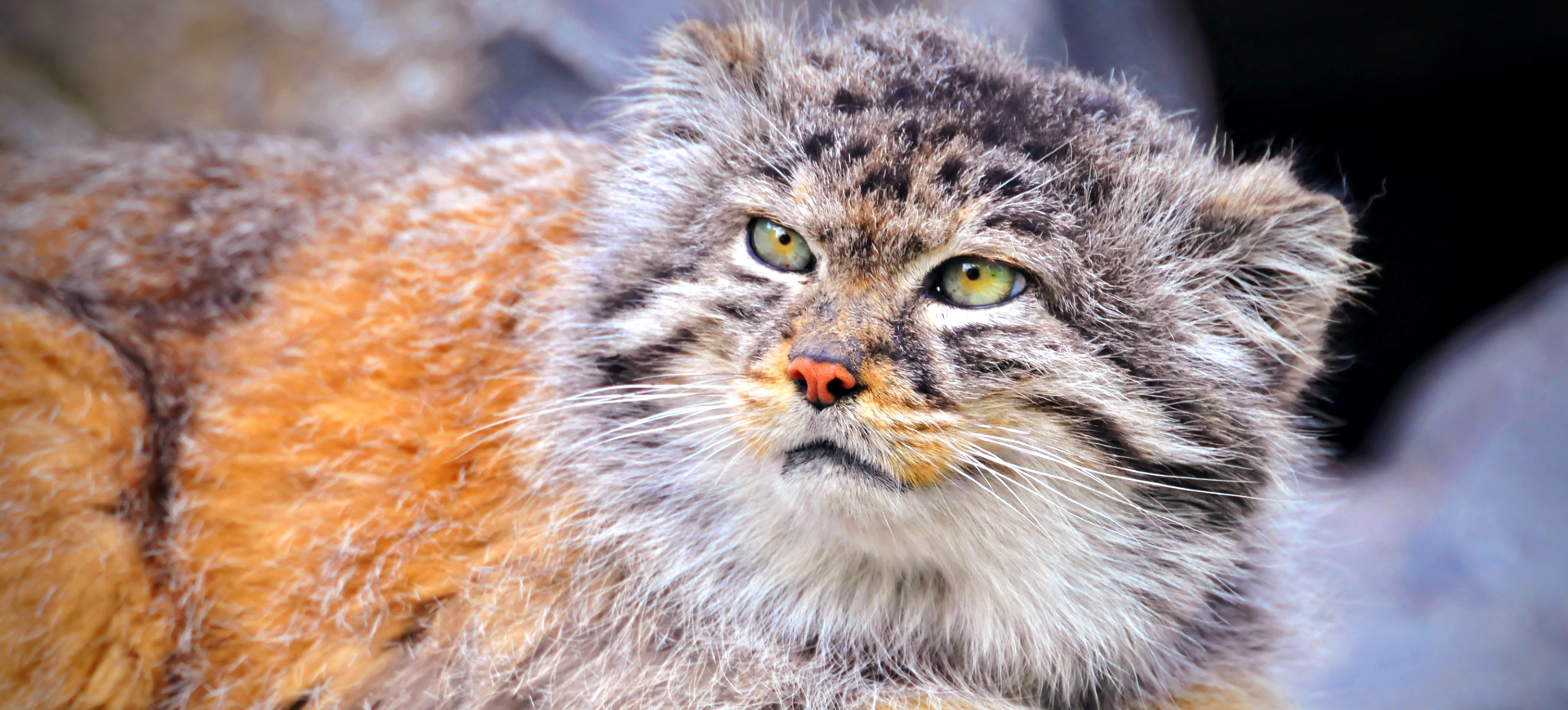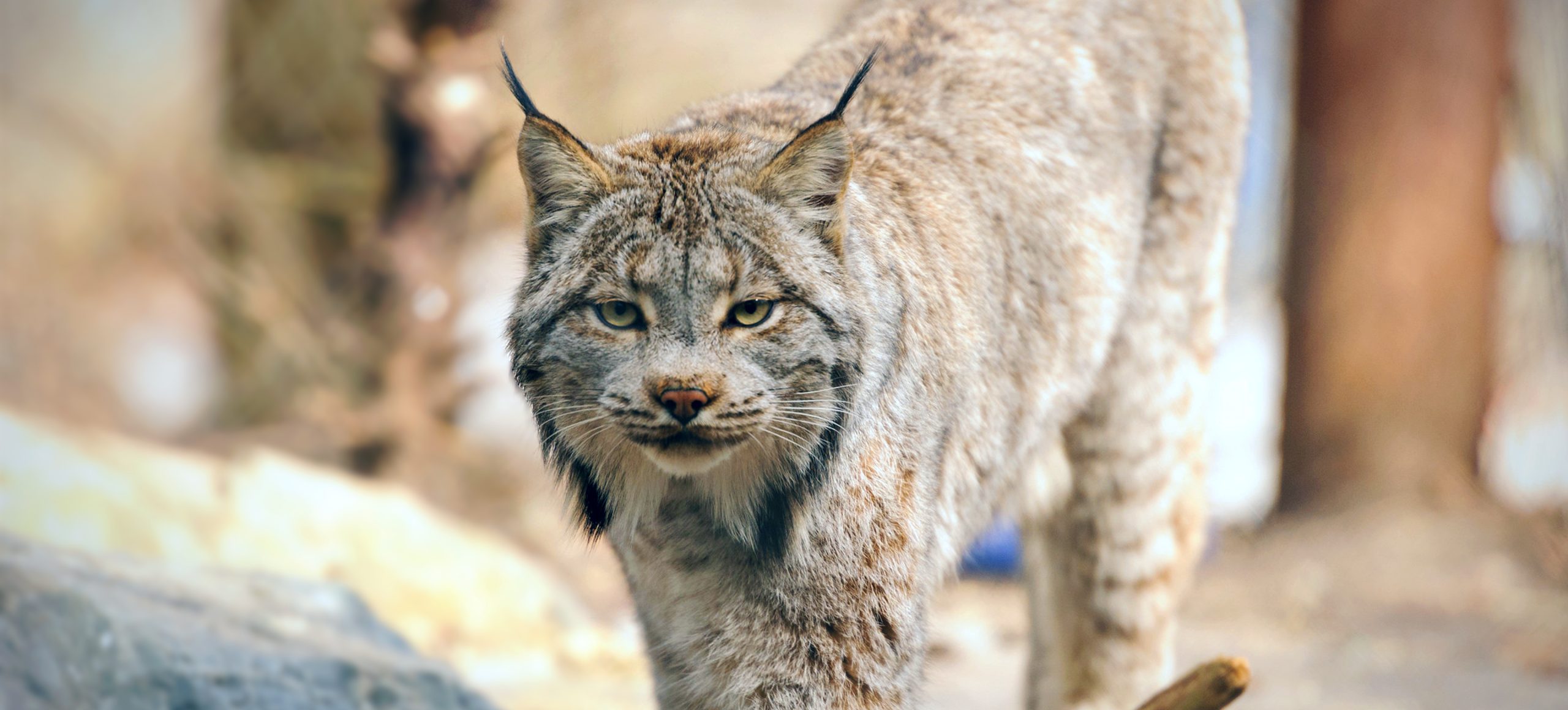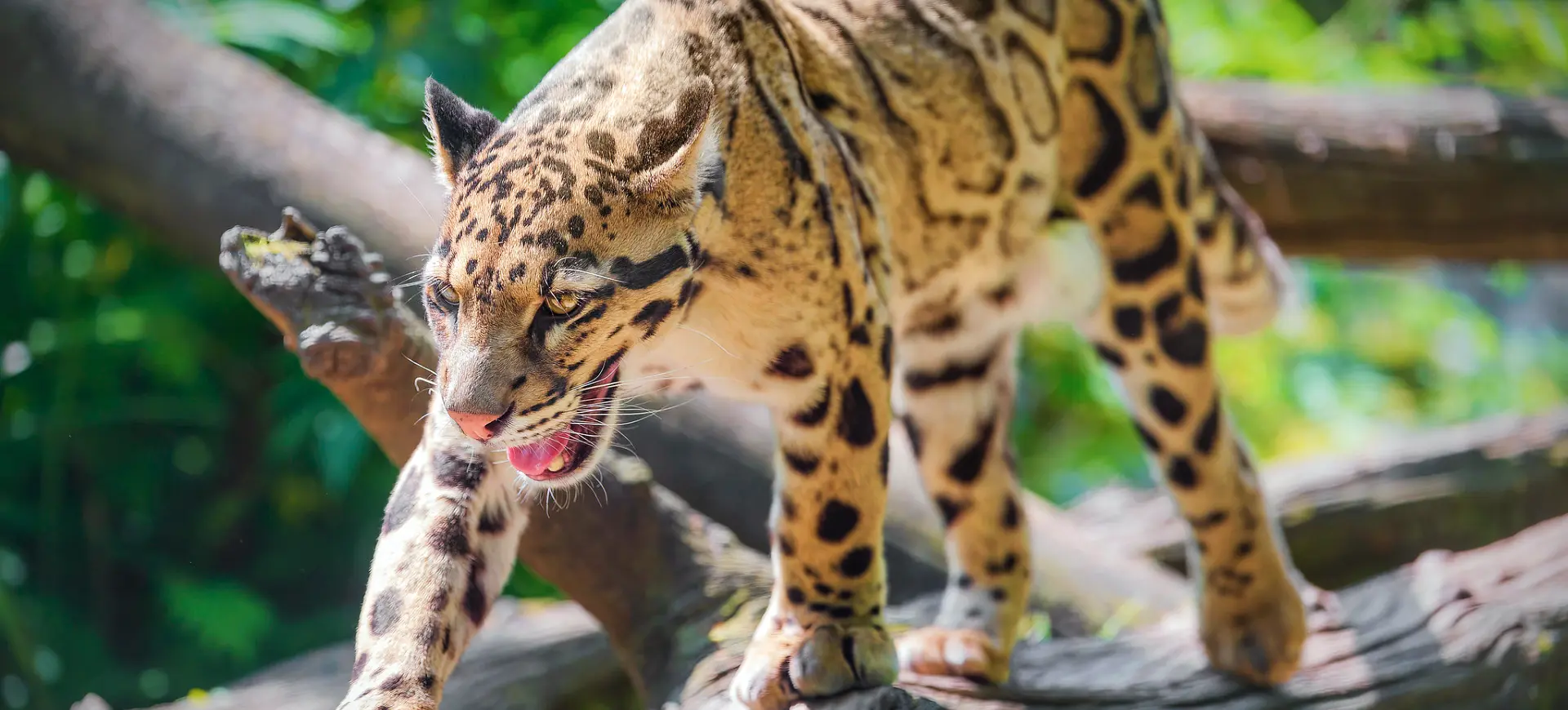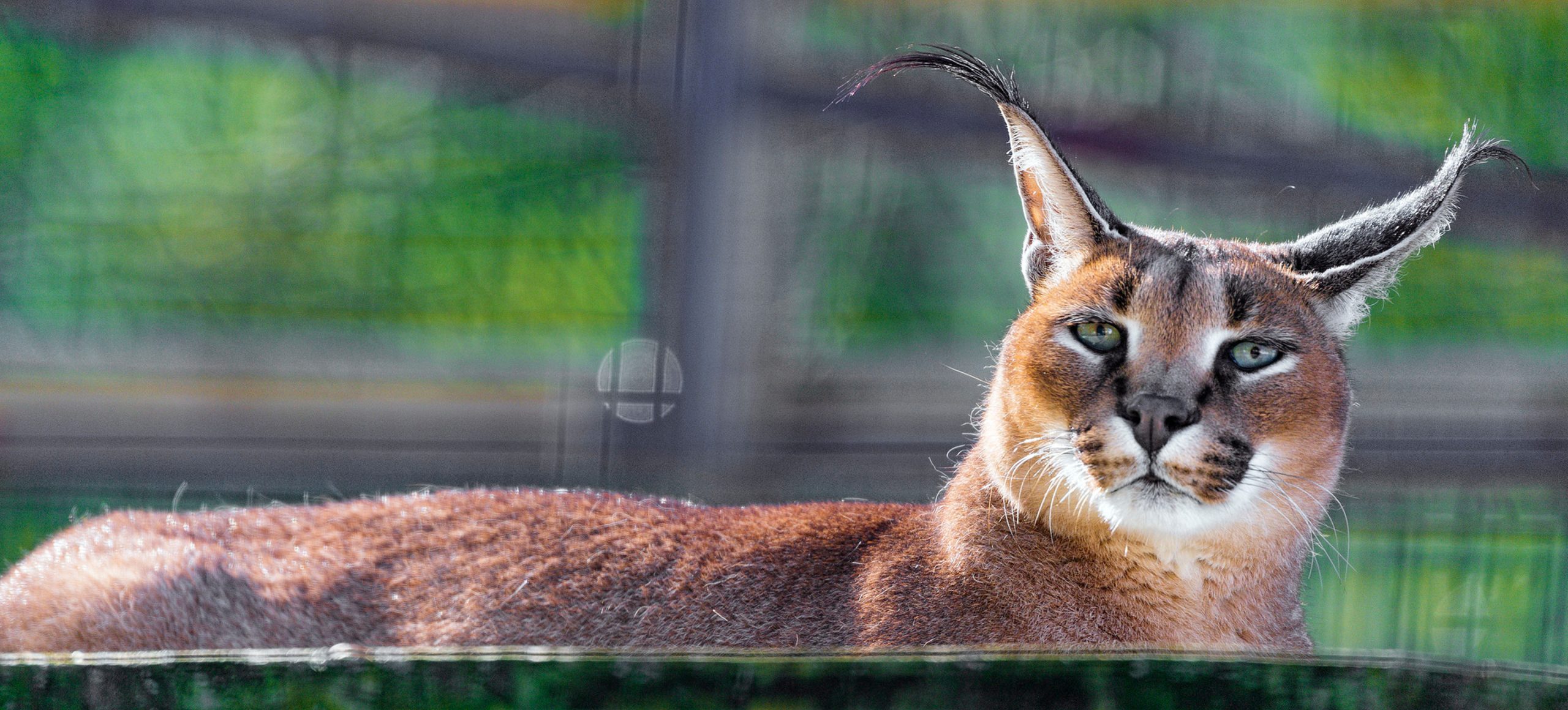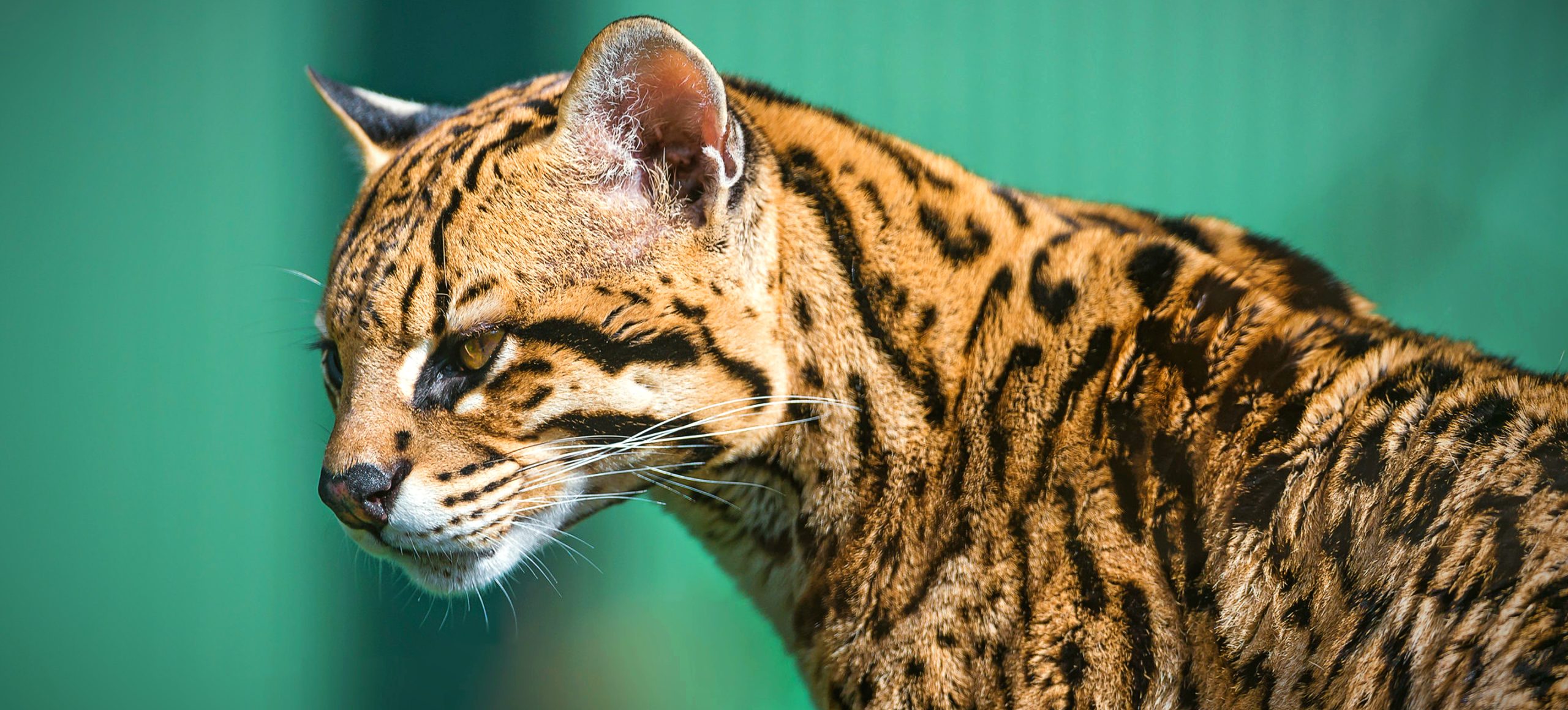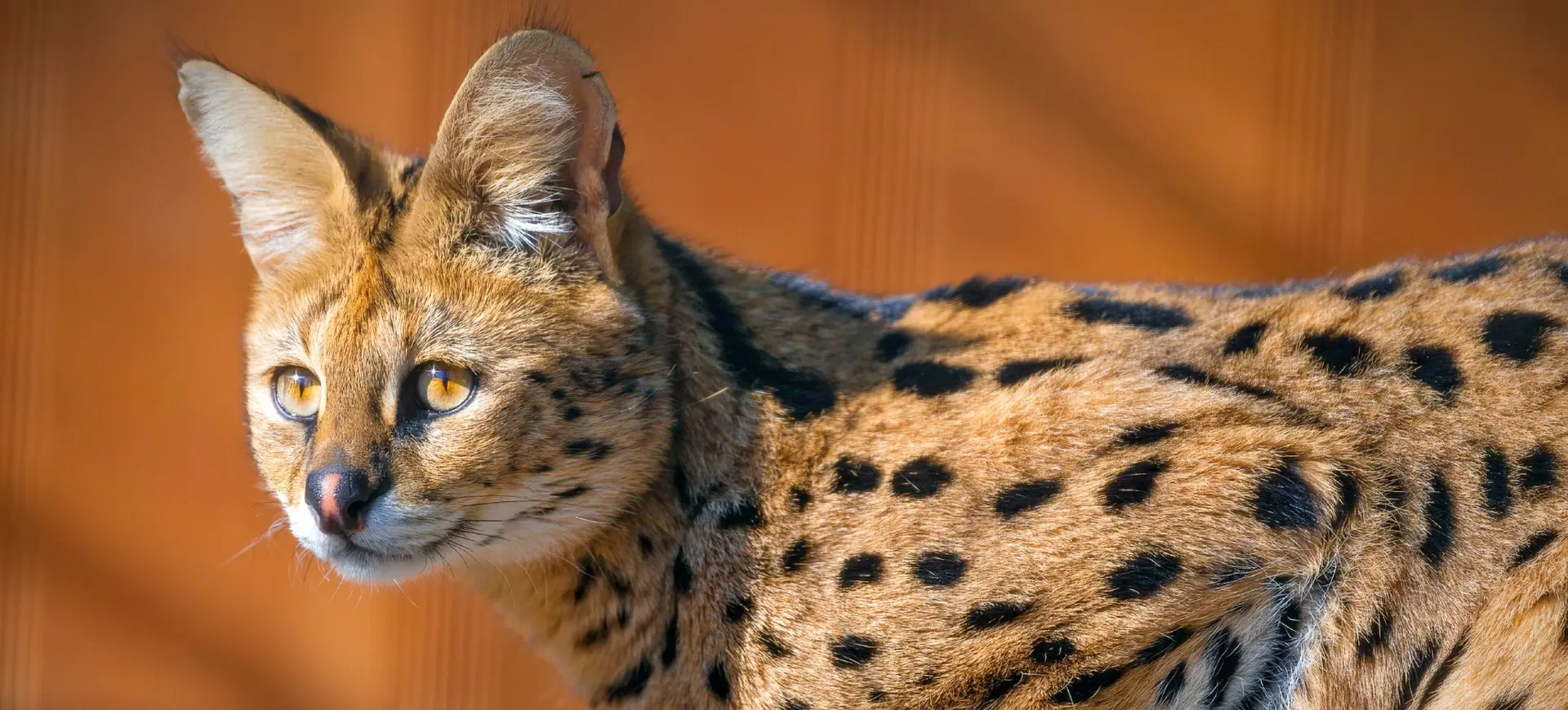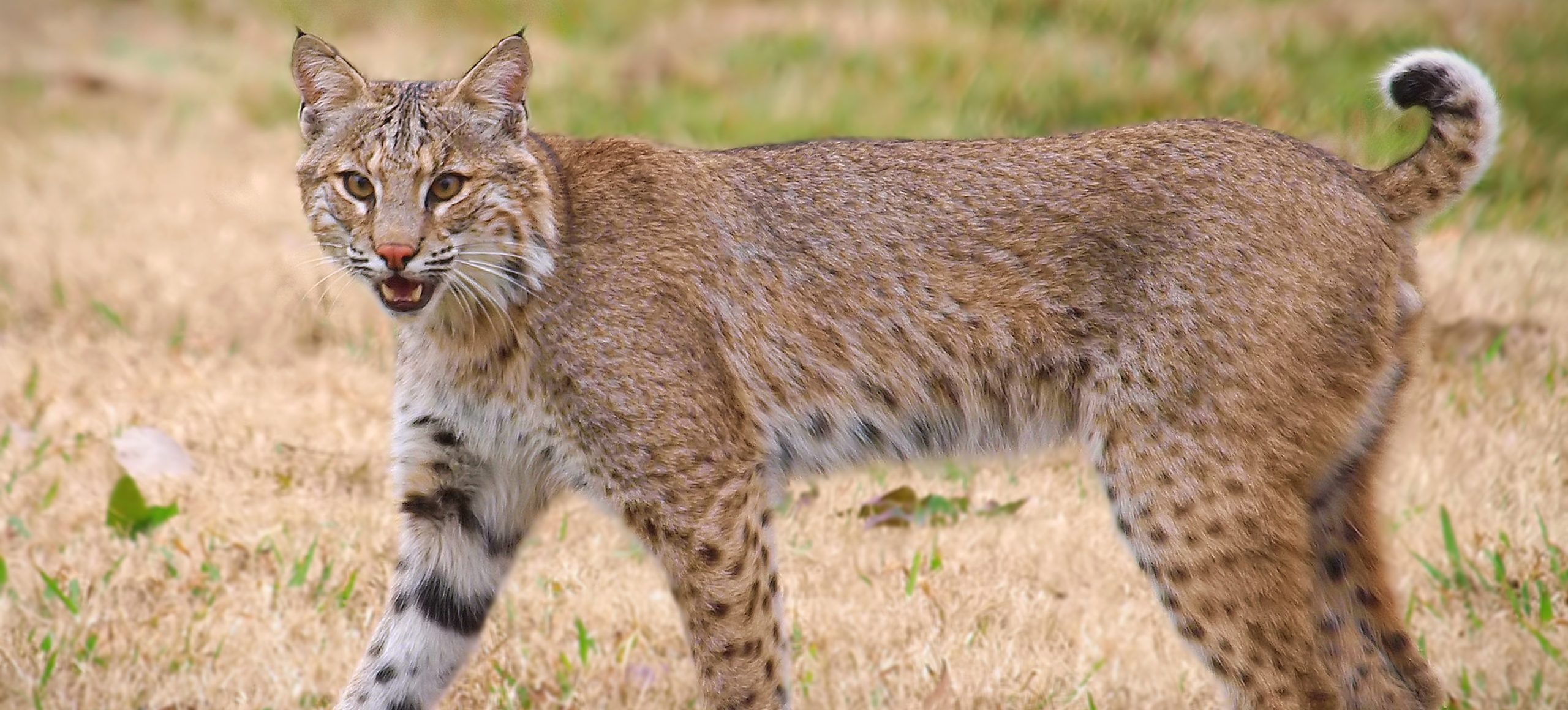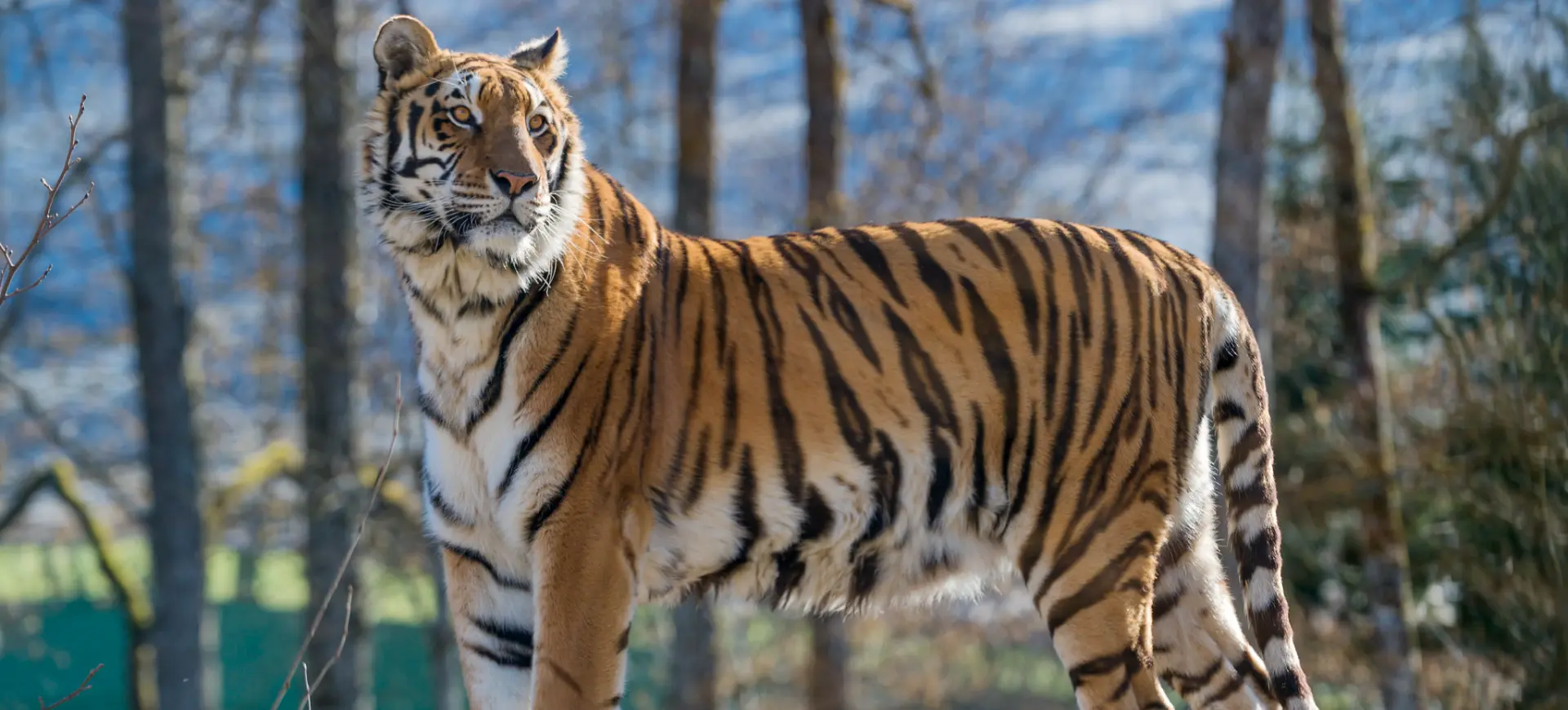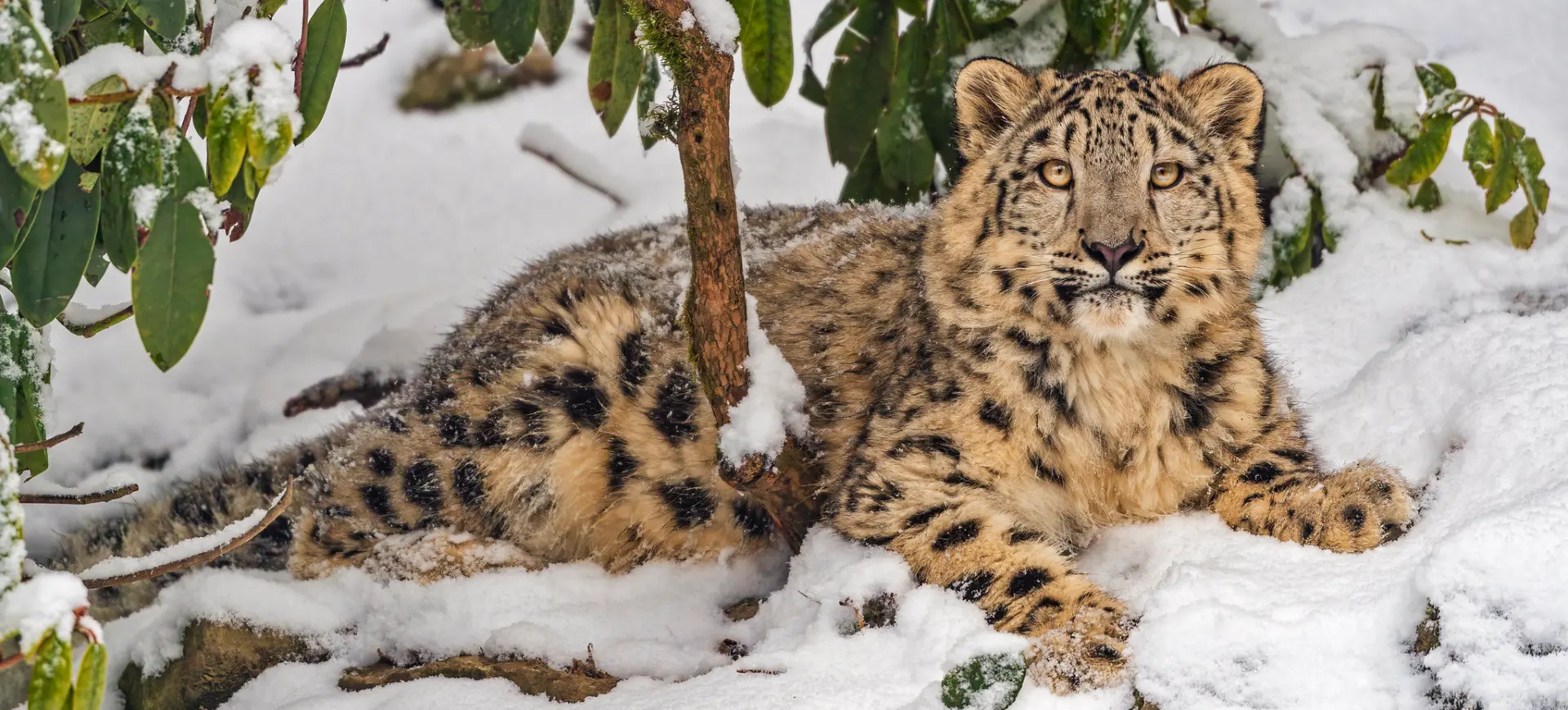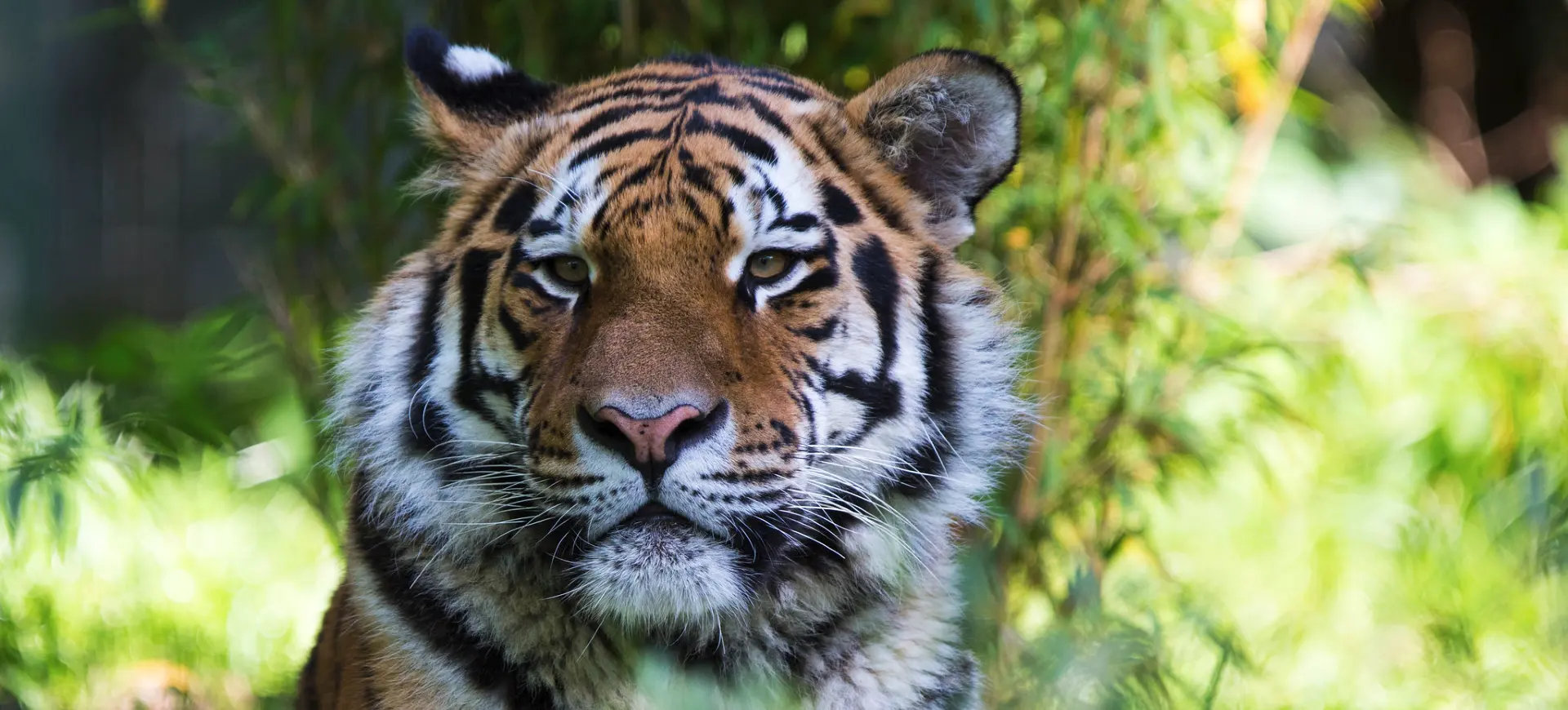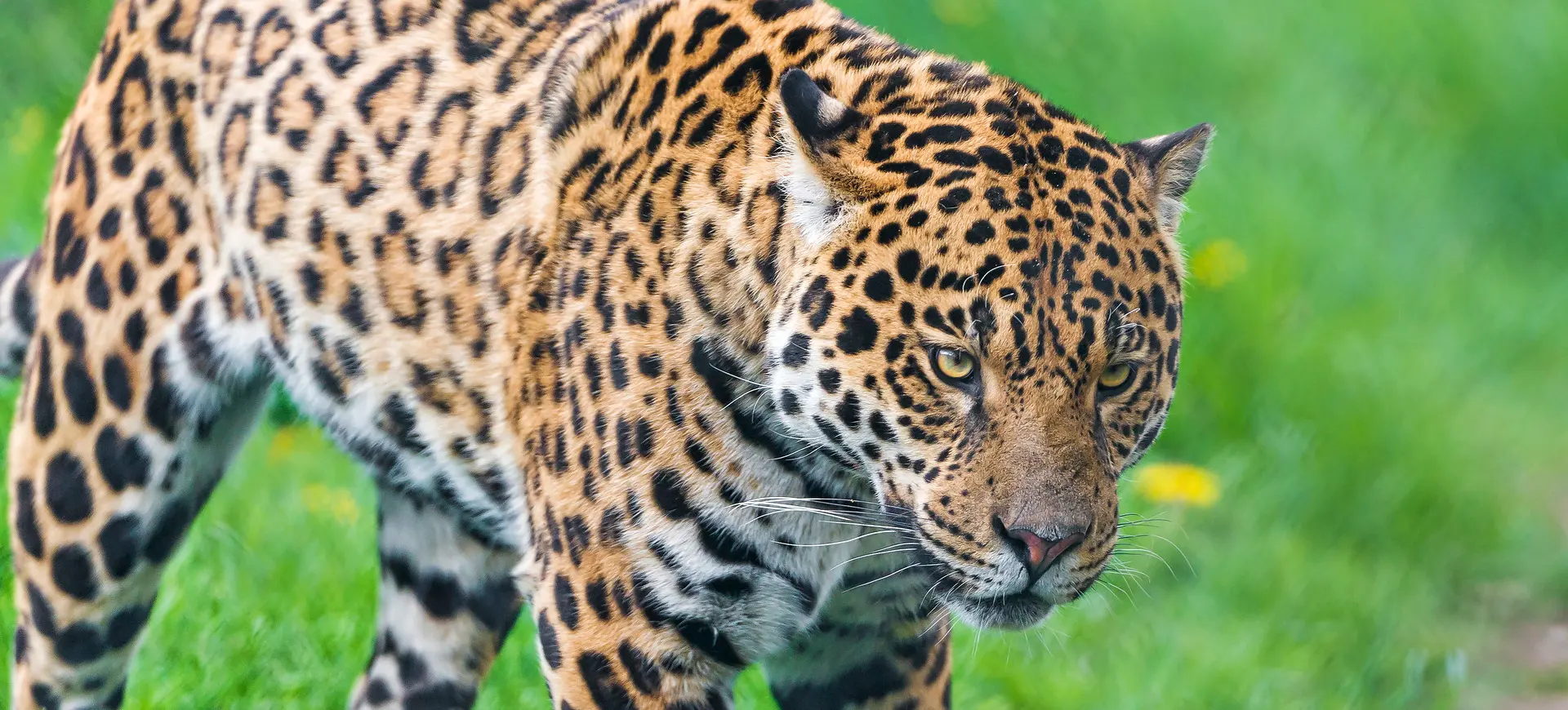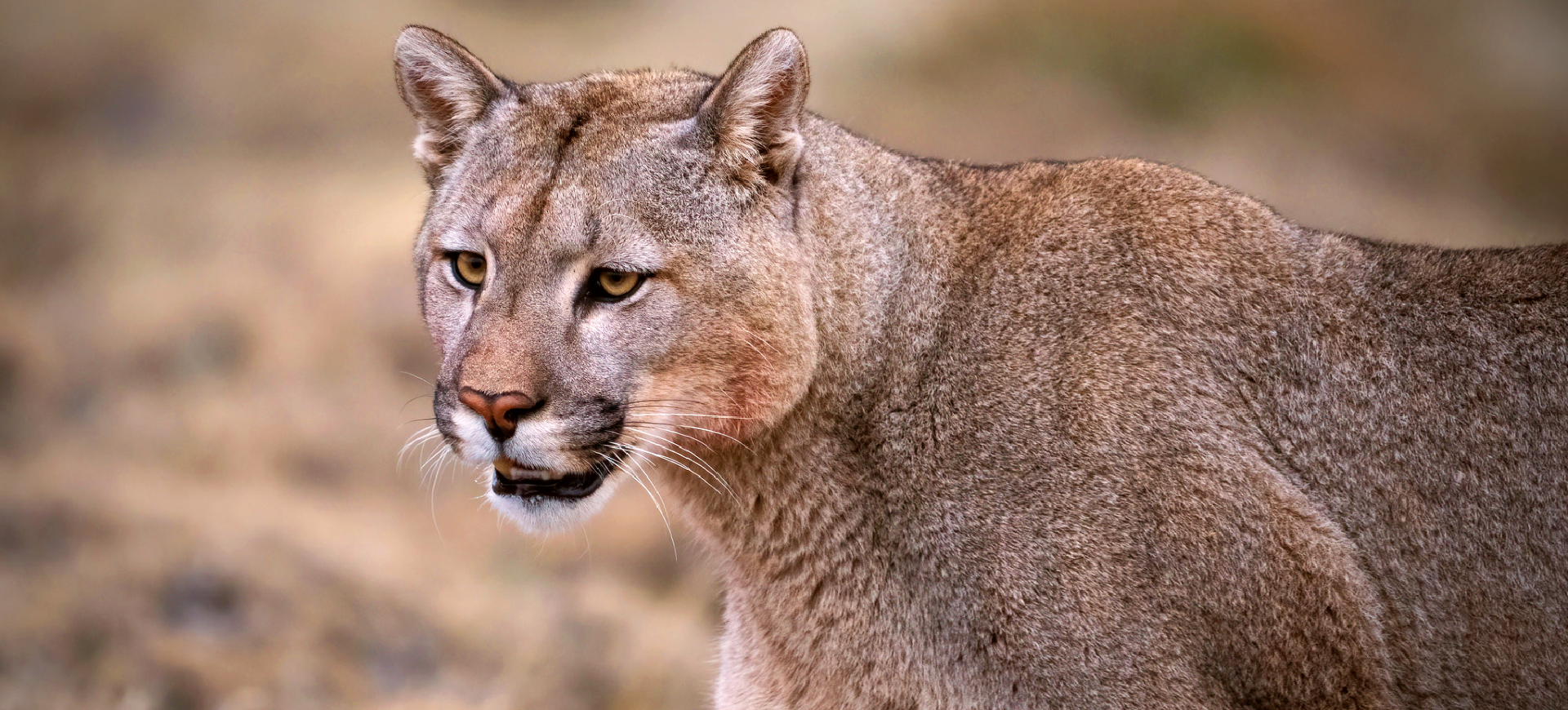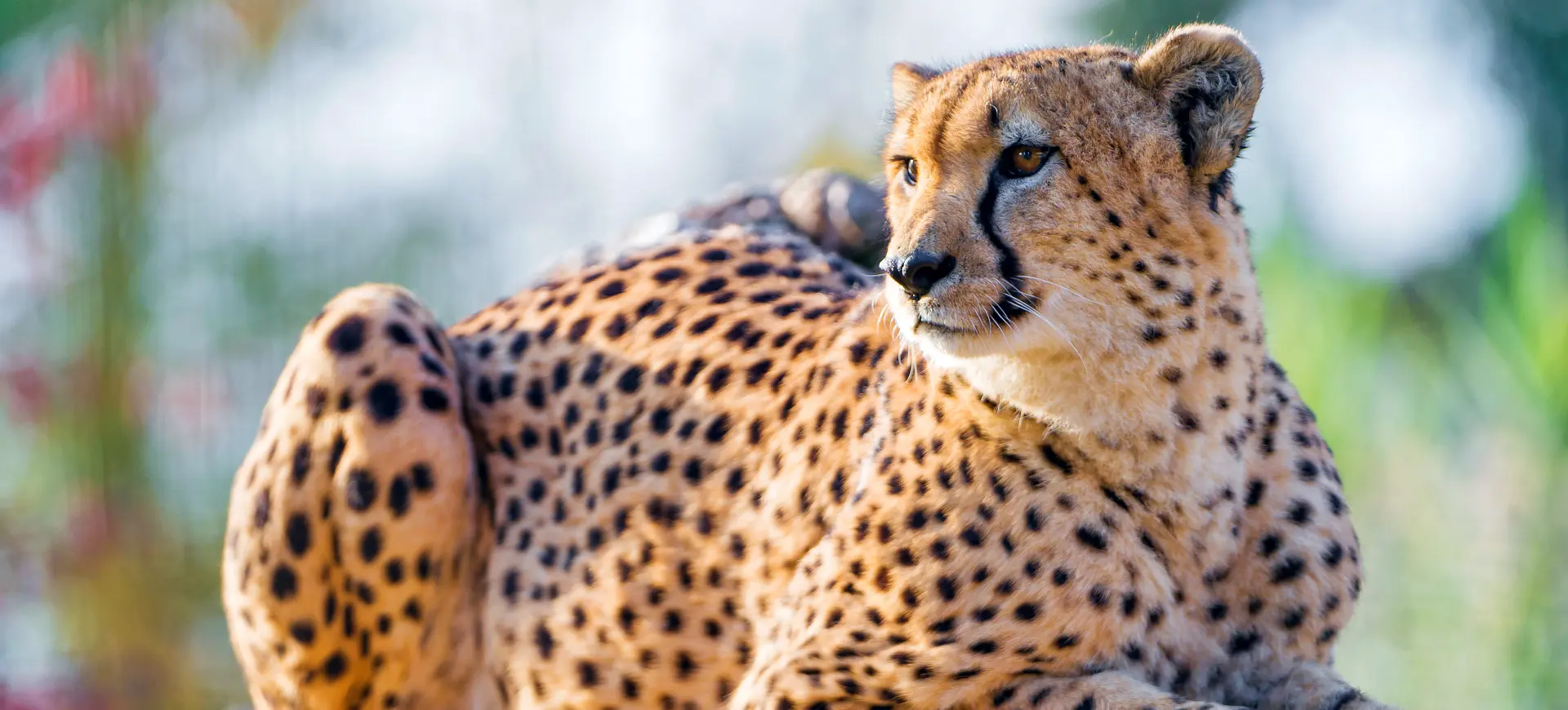Overview
The Amur leopard (Panthera pardus orientalis) is a critically endangered subspecies of leopard native to the temperate forests of the Russian Far East and northeastern China. Known for its thick, pale, cream-colored fur with widely spaced black rosettes, this leopard is well adapted to cold, snowy environments. It is a solitary and elusive predator, relying on its keen senses and agility to hunt prey such as roe deer and hares. With fewer than 120 individuals estimated in the wild, the Amur leopard is one of the rarest big cats in the world and a symbol of global conservation efforts.
This subspecies exhibits remarkable adaptations for survival in harsh climates, including long legs for traversing deep snow and dense fur for insulation. It inhabits remote and rugged terrains, such as rocky outcrops and forested hills, where it can hunt and remain hidden from human activity. The Amur leopard is known for its ability to leap great distances, both vertically and horizontally, making it an exceptional hunter. Despite its adaptability, habitat loss, prey depletion, and poaching have drastically reduced its population, pushing it to extinction.
Conservation programs, including anti-poaching patrols, habitat restoration, and breeding initiatives, have been implemented to safeguard the Amur leopard. Efforts to expand protected areas in Russia and China have improved prospects for the subspecies, but challenges such as deforestation and human-wildlife conflict remain. This magnificent predator’s survival depends on ongoing international collaboration and public awareness. Its conservation is a critical reminder of protecting biodiversity and restoring ecosystems.
Taxonomy
Kingdom
Phylum
Class
Order
Family
Genus
Species
Sub Species
Type
Current distribution:
The Amur leopard's range is limited to the Primorye region of Russia and small parts of northeastern China, primarily along the borders of Jilin and Heilongjiang provinces. Historically, its range extended into the Korean Peninsula, but it is now considered extinct in that region. Current wild populations are concentrated in Russia's Land of the Leopard National Park, the core of its remaining habitat. A smaller population exists in the Hunchun Nature Reserve in China, where conservation initiatives aim to expand its range.
Recent conservation efforts, including transboundary collaborations between Russia and China, have helped stabilize and slightly increase the Amur leopard population. However, habitat fragmentation and human encroachment remain significant challenges. Occasional reports of individuals venturing into previously unoccupied areas suggest potential for range expansion, provided suitable habitat is restored. Reintroduction programs are also being considered to reestablish populations in former parts of their historical range.
Physical Description:
Amur leopards are known for their beautiful thick and rosette fur. Their summer coat is short and bright, usually about 2.5 cm long, but in winter, it turns thick, soft, and long, up to 7 cm in length. This lengthy fur helps keep the leopard warm during harsh winters. The base color of their coat varies from a light yellow in summer to a rich yellow or reddish-yellow in winter. The body is covered in widely spaced rosettes with thick, unbroken rings and darkened centers.
Physically, Amur leopards are sturdy big cats with a muscular build. They have a long body with relatively short legs and a broad head. Their eyes range from a light yellowish shade to a piercing green. The tail of an Amur leopard is long, helping to provide balance. Another unique feature is their large, thickly furred paws that act as snow shoes during the winter.

Lifespan: Wild: ~15 Years || Captivity: ~20 Years

Weight: Male: 71-106 lbs (32-48 kg) || Female: 51-94 lbs (23-43 kg)

Length: Male: 42-54 in (107-137 cm) || Female: 38-50 in (97-127 cm)

Height: Male: 27-31 in (70-78 cm) || Female: 25-29 in (63-73 cm)

Top Speed: 37 mph (60 km/h)
Characteristic:
Native Habitat:
Historically, the Amur leopard inhabited the Amur River basin, the Northeast China mountains, and the Korean peninsula. Today, they are almost entirely found in one corner of the Russian Far East, in a small area along the Chinese border. This region experiences a wide range of temperatures, from a bone-chilling -30°C in winter to a warm 30°C in summer.
The habitat of the Amur leopard primarily includes temperate, broadleaf, and mixed forests. These areas provide the leopard with plenty of cover and clear lines of sight, essential for their hunting technique. The forest undergrowth provides concealment, while the trees allow for escape and safety, especially for cubs.
Climate Zones:
Biomes:
Biogeographical Realms:
Continents:
Diet:
Diet & Feeding Habits:
The Amur leopard is a carnivore with a preference for ungulates. The core of their diet consists of roe deer and sika deer, followed by small wild boars. However, they will resort to smaller mammals and birds when larger prey is scarce. They have also been known to eat hares, badgers, and raccoon dogs. Hunting typically occurs at night; the leopard uses its keen senses and stealth to get close to its prey before launching a rapid, powerful attack.
Despite being smaller than other big cat species, the Amur leopard’s strength is formidable. They can carry heavy prey up into trees to protect it from other predators or scavengers. This solitary creature prefers to hunt and eat alone, consuming large quantities of food at once and saving the rest for later. They travel widely to find food, utilizing a large territory they mark with scent.
Mating Behavior:
Mating Description:
Amur leopards usually mate during the late winter to early spring. During this period, males and females will temporarily pair up. Males track females by following their scent trails and will fight other males for mating rights. The pair will stay together for several days and mate multiple times during this period to ensure successful fertilization.
Females give birth to a litter of one to four cubs after a gestation period of around 90-105 days. Cubs are born in a den, which the mother chooses carefully for safety. The cubs are blind and helpless at birth but develop quickly. They will stay with their mother until they are about one and a half to two years old, at which point they will leave to establish their territories.
Reproduction Season:
Birth Type:
Pregnancy Duration:
Female Name:
Male Name:
Baby Name:
Social Structure Description:
Amur leopards are solitary animals, only coming together to mate or when a female is raising her young. They are highly territorial and mark their territories with scent markings, also known as “sign-posting.” This is mainly done by males, who have larger territories overlapping with several females.
Though largely silent, Amur leopards will also communicate through various vocalizations. Their social structure and behavior are such that they require large territories to support their hunting habits, making them particularly vulnerable to habitat loss.
Groups:
Conservation Status:
Population Trend:
Currently, the wild population of Amur leopards is estimated to be between 90 and 110 individuals, which is slowly rising thanks to concerted conservation efforts. Their population has experienced a severe decline over the past century due to habitat loss, poaching, and a decrease in prey. The small population size leaves the species vulnerable to a “genetic bottleneck,” which reduces genetic diversity and can lead to inbreeding and increased susceptibility to disease.
However, the population trend is now increasing, thanks to the efforts of conservation organizations and governments to protect the Amur leopard. Captive breeding programs are also in place in various parts of the world to ensure the survival of this subspecies, although the exact numbers in captivity are unknown.
Population Threats:
The Amur leopard faces numerous threats, with habitat loss being the most pressing issue. As forests are logged and converted for other uses, the leopard’s territory shrinks and fragments, causing population isolation. Poaching for their beautiful fur is another major threat. Moreover, their prey is also often poached, leading to a reduction in their food source.
Other threats include conflict with humans, as leopards are occasionally perceived as a threat to livestock, and diseases, which can have a severe impact due to the low genetic diversity of the small population. In addition, climate change poses a potential long-term threat by altering their habitat.
Conservation Efforts:
Various organizations and governments are working to save the Amur leopard from extinction. Efforts include anti-poaching initiatives, forest fire control, compensation for farmers who lose livestock to leopards, and raising awareness among local communities. Establishing the Land of the Leopard National Park in Russia, which covers about 60% of the leopard’s habitat, is a significant step in conserving this species.
Captive breeding programs have been established to help increase the leopard’s population and preserve its genetic diversity. The goal is to reintroduce these animals back into secure, well-managed protected areas where they can survive. International cooperation and funding are critical to the continued success of these conservation strategies.
Additional Resources:
Fun Facts
- Amur leopards can leap up to 19 feet horizontally and 10 feet vertically.
- Their beautiful fur changes with the season – it’s lighter in summer and darker in winter.
- They are known to live up to 20 years in captivity, which is significantly longer than in the wild.
- The Amur leopard can run at speeds of up to 37 mph.
- Unlike other big cats, Amur leopards love to swim.
- Amur leopards are skilled climbers and often store their prey in trees.
- Their large, thickly-furred paws act as snow shoes in the winter.
- The territories of male Amur leopards often overlap with those of several females.
- Cubs stay with their mother until they are about two years old.
- Despite their solitary nature, they have a variety of vocalizations for communication.


